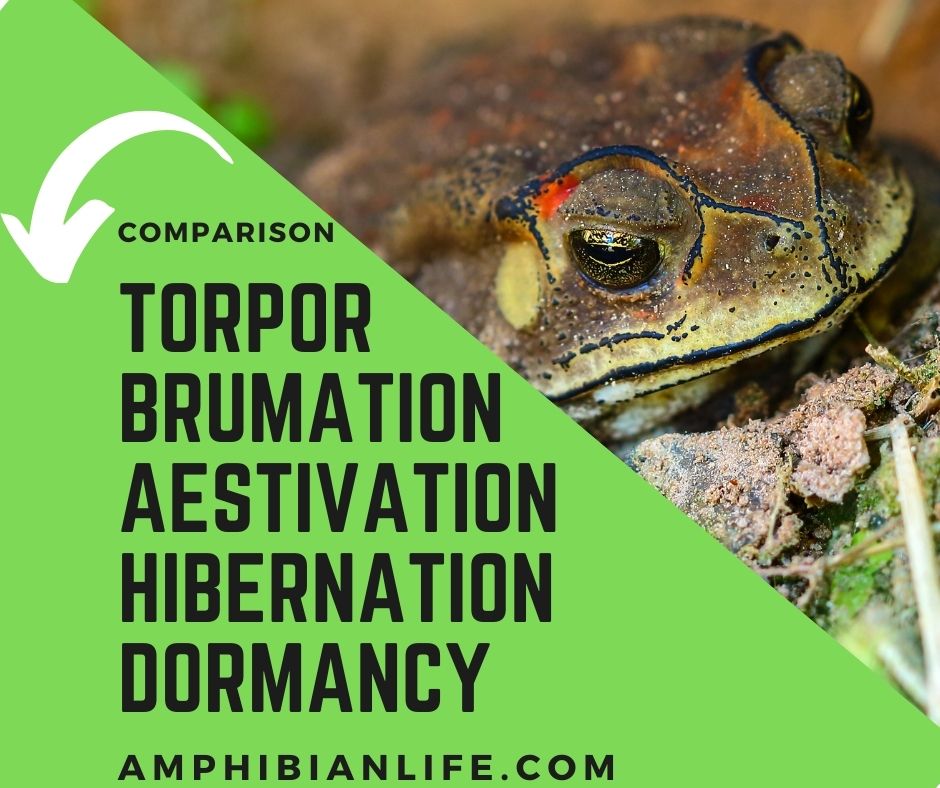
Hibernation vs Brumation
So, What is the difference between Hibernation and Brumation? Is hibernation a brumation? are they the same? many of us are confused about all these fancy terms,
In this article, we will discuss their basic aspects meanings, and differences.
Hibernation and Brumation are inseparable parts of the animal and reptile life cycle.
Hibernation and Brumation are closely related; however, both aren’t the same processes.
When the cold temperature starts hitting up, animals enter into the stage of ‘Dormancy,’ which is referred to as Hibernation.
Animals who are hibernating go into a temporary physical and mental sleep.
It is when they store and recharge their energy for the coming year.
In contrast, Brumation is a ‘Dormancy’ period in which reptiles’ growth, development, and physical activity are temporarily stopped.
The reptile body usually shuts down during this period for conserving energy for the coming year.
What is Hibernation? + Its meaning
Hibernation is a type of inactivity when certain hot-blooded animals reduce their activity in order to save energy.
As soon as it becomes cold outside, animals go into the stage of Dormancy.
It is the stage when their metabolic rate, heart rate, respiratory function, and body temperature drop down to a minimum.
What triggers Hibernation?
Hibernation is usually triggered by two specific reasons, hormonal changes, and environmental changes.
During the fall season, mammals eat more food in order to increase the fat storage in their body.
This fat then helps them survive as they enter the Hibernating state in the winters.
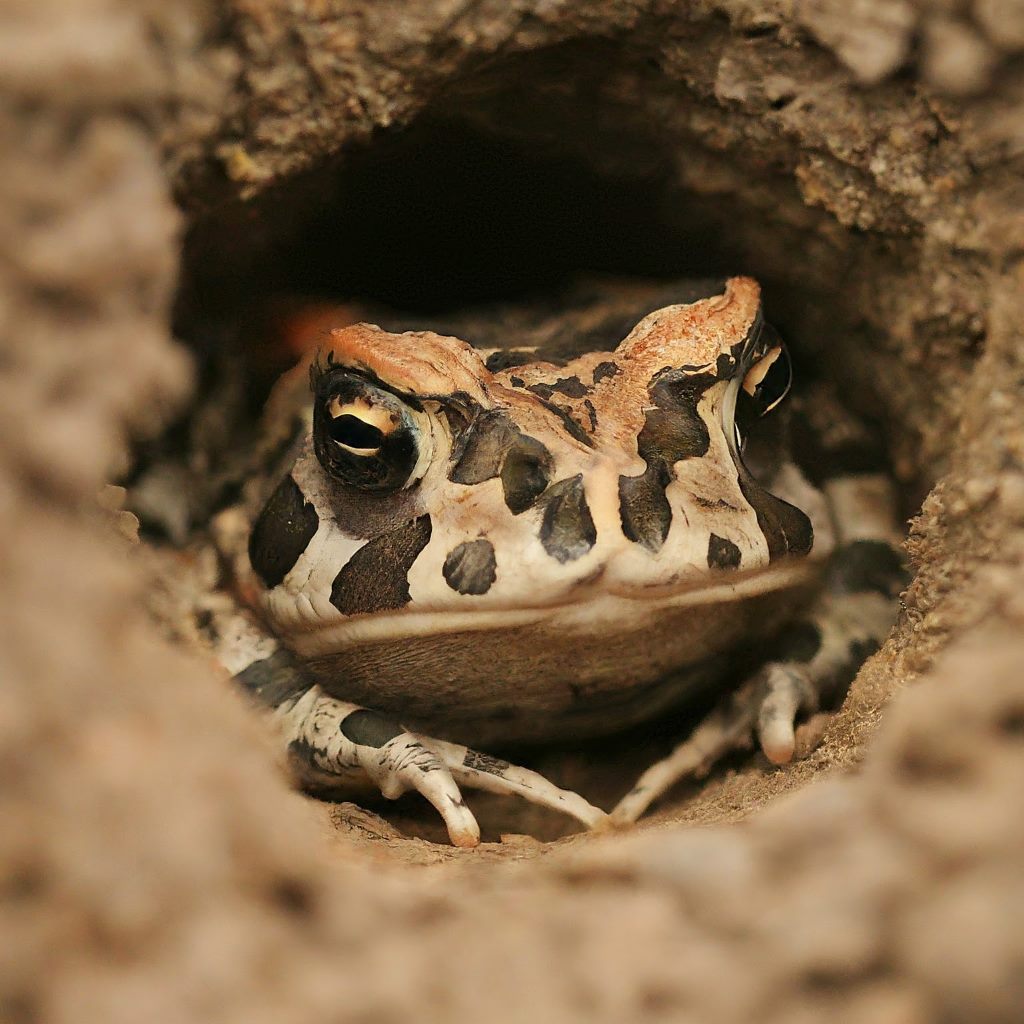
Which happens during Hibernation?
Mammals who hibernate go into a sleeping state where they can pass months in winter without engaging in any activity.
Further, once they wake up from the Dormancy stage, their period of Hibernation comes to an end.
Because they have been in a state of rest for so long, getting back into normalcy takes time.
Which Animals Hibernate?
The most commonly known Hibernating animals are ‘Bears.’
However, bears go into Torpor which is not Hibernation in the true sense. Some of the hibernating animals include:
- Chipmunk- They hibernate about 3 feet under the ground.
- Bats– Though not all bats hibernate, the ones who do hide in the dark, like caves, etc.
- Fat-Tailed Dwarf Lemurs– They hibernate in hollow trees with others from the group.
- Wood Frogs– They hibernate under leafy areas or ground. Wood frogs seem like dead while they are hibernating.
- Bumblebees- Only Queen Bumblebees hibernate. They either dig in the soil or hide somewhere where they can stay away from the winter sun.
- Snake– They hibernate along with 1000s of other snakes inside their dens.
- Hedgehog- They hibernate in small, dry, sheltered areas like tree roots or woodpiles.
You May Also like to Read:
- Do Toads Hibernate? (And Do They Hibernate In Captivity?)
- What Do Toads Need To Survive (And How Do They Do It)?
What is Brumation? Meaning of Brumation.
Brumation is similar to Hibernation, but not the same. Brumation is a state of sleep where cold-blooded animals go through the process of inactivity.
The process is specific to reptiles and amphibians. However, before they go into the stage of sleep, they don’t necessarily need to eat for the whole winter.
During Brumation, the metabolic rate of animals drops to an extreme low.
It further makes it difficult for them to digest overeating. Thus, Brumating animals refrain from doing the same.
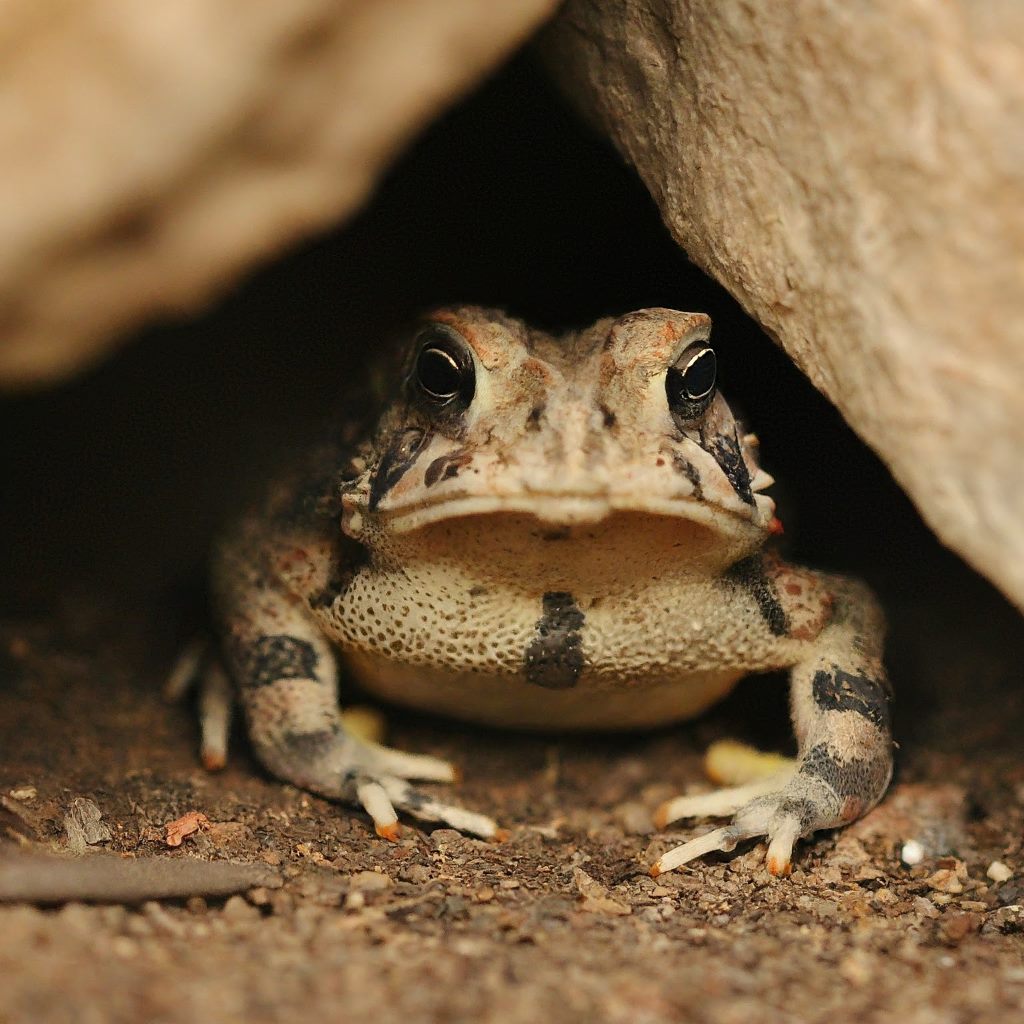
What triggers Brumation?
Brumating too is triggered due to the absence of daylight in the wild. Not only winters, but several reptiles can begin their Brumation in falls.
What happens during Brumation?
Though, unlike hibernating mammals, the ones who are in Brumation tend to step out in search of water.
They aren’t actually in a deep sleep but into a stage of suspended animation. It is more like sluggishness and inactivity.
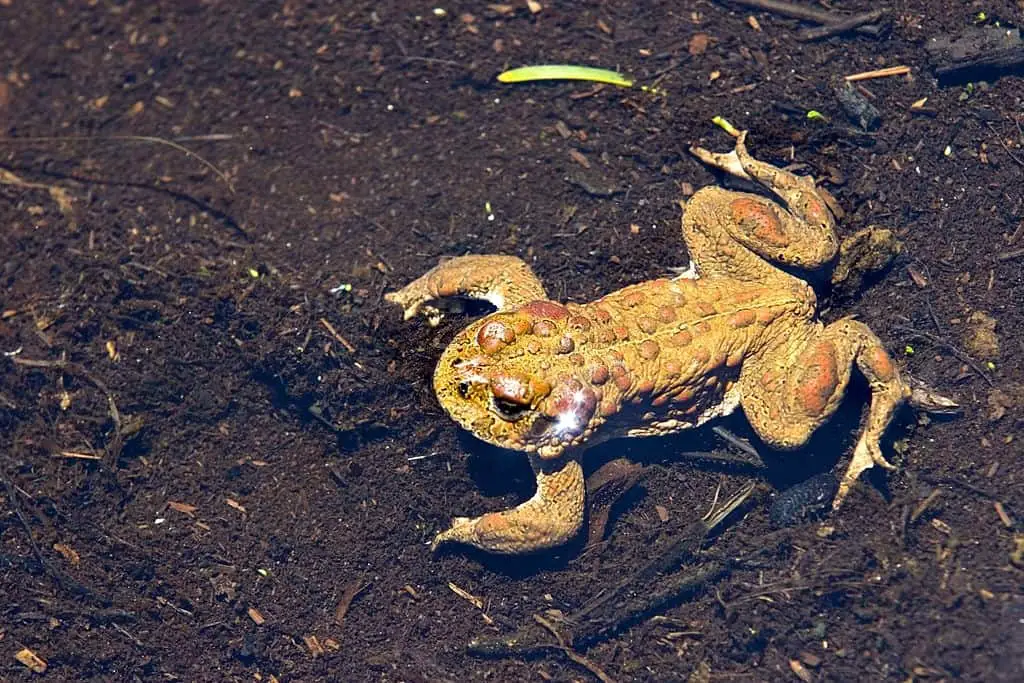
Which animals undergo Brumation?
List of Reptiles who enter the stage of Brumation:
- Bearded dragons: They are the most common yet unpredictable reptiles which enter Brumation. Brumation with them can happen either never, every year, off-season, or for the longest time.
- Turtle- Turtle crawl inside their shell during the Brumation stage.
- Land snail- They hide under rocks, between wall cracks, under leaves, or spaces where frogs cannot find them.
- Garter Snake– They hide along with 1000s of other snakes inside their dens.
What is Torpor?+ Meaning and Definition
Torpor is a state of mental and physical inactivity, similar to lethargy. It is more like a well-controlled thermoregulatory process.
Animals like a few mammals, rodent species, marsupial species, and birds go through the process of Torpor.
However, Torpor can vary in animals who hibernate or are in Brumation.
Hibernation vs. Torpor; What’s The Difference?
Hibernation and Torpor are both voluntary and involuntary sleeping states in animals.
- Torpor refers to a hypometabolic condition related to low body temperature. Hibernation refers to a state of regulated hypothermia where animals save energy during a low-temperature (weather) period.
- Torpor requires continued foraging, whereas hibernating does not require feeding during the entire process.
- Torpor lasts for several hours, whereas Hibernation can go up to months.
Is Torpor the same as sleep?
No, Torpor isn’t as exact as sleep. It is more of a survival tactic that allows animals to enter into the stage of inactiveness. Torpor is a shorter version of Hibernation.
It is when everything from body temperature to metabolic rate, respiratory functioning, and heart rate slower downs.
Animals who enter the stage of Torpor store and revive their energy for the common seasons.
What Animals go into Torpor?
Almost all species of animals can undergo the daily torpor process. However, not all of them need to enter the stage. Mammals, amphibians, several marsupial species, and even birds go into Torpor.
What is Aestivation? What Is Estivation?
Aestivation vs Estivation. Are They Both The Same?
Aestivation is much like Hibernation, an animal dormancy, though both have much difference.
Aestivation is also spelled Estivation in American English, and both have a similar meaning.
During Aestivation, animals enter the Dormancy stage, and the process can take place in both hot and dry seasons.
Animals who enter the stage of Aestivation minimize their energy needs when the environmental conditions become challenging for them.
It is more like a surviving tactic that helps them go through unfavorable circumstances.
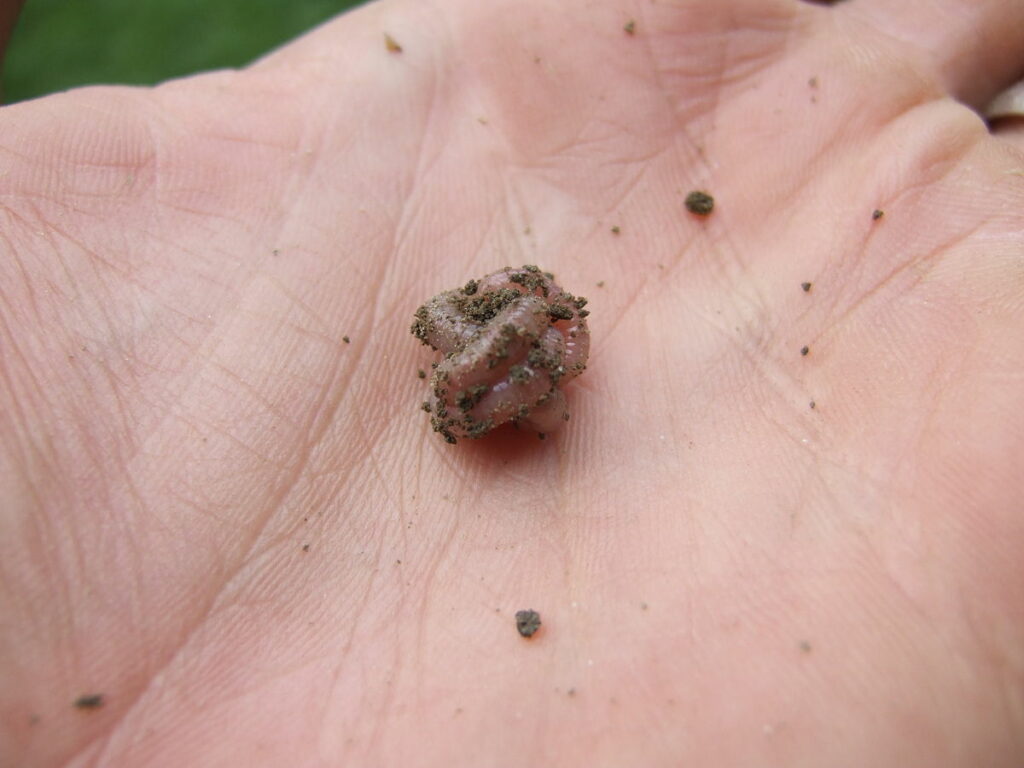
Which animals undergo Aestivation?
List of animals who undergo Aestivation:
- Spotted turtle
- Certain air-breathing land snails
- California tiger salamader
- Fat-tailed lemur
- North American desert tortoise
- Water-holding frog
- Some insects like bees
- Earthworms
What is Dormancy?
Dormancy is a physical stage. It is when the average life cycle of an organism, like growth, development, and physical activity, stops or slows down for a temporary time period.
It minimizes metabolic activity, which further supports saving energy.
Like Hibernation, Torpor, Aestivation, and Brumation, Dormancy too is associated with environmental conditions.
What is plant Dormancy?
Is Dormancy common in both plants and animals? Yes, Dormancy is common in both plants and animals, with both of them surviving through a similar process.
Plant Dormancy is a survival strategy, more likely it is a period of arrested plant growth.
The process lets plants survive in climates where their survival is unlikely difficult, possibly dry and winter seasons.
While plants are in the stage of Dormancy, they exhibit very little or almost no growth.
Unlike animals, plants do not take shelter or do not use their stored energy to survive the conditions.
Types of Plant (tree) Dormancy
Plant (tree) dormancy is classified into three groups.
- Early rest
- Winter rest
- After-rest
All the phases are denoted with a unique set of physiological processes. Further, the transition phase (in plants) between all the phases is slower than in animals.
What is Seed Dormancy? Types of Seed Dormancy
Seed Dormancy, in simple words, is a condition or state when seeds are prevented from germinating.
Dormancy here undergoes when environmental conditions are unfavorable and during mechanical restrictions.
Seed Dormancy is classified into three types:
- Innate Dormancy- It is the stage where seeds become incapable of germinating. Even if the environmental conditions and other factors are favorable germination won’t process.
- Enforced Dormancy- In this stage, seeds become incapable of germination because of environmental restrictions.
- Induced Dormancy- In this stage, seeds imbibed water but are under extremely unfavorable germinating conditions. It further leads to failure in the process.
Is Hibernation a form of Dormancy?
Yes, Hibernation is a form of Dormancy. However, not all Dormant animals hibernate.
Whereas Hibernation has several specific rules and processes, Dormancy is mainly about slowed-down body functions.
What does Cryptobiosis mean?
Cryptobiosis is a physiological condition where metabolic activity is reduced to an undetectable level; however, it doesn’t disappear.
It is a temporary state where some specific animals and plants adapt Cryptobiosis to survive in arid conditions.
During Cryptobiosis, all the metabolic processes stop, which results in the prevention of repair, development, and even reproduction.
What does Diapause mean?
Diapause is a phase where development amongst insect, invertebrate, and mammal embryos is suspended.
The suspension or delay of development more likely occurs due to unfavorable environmental conditions. Diapause occurs in more than 130 species over the world, including humans as well.
What does Stupor mean?
As explained in psychiatry, Stupor is an unresponsive mental condition. It is a level of consciousness and a lack of critical cognitive function.
During Stupor, the affected person becomes completely unresponsive.
However, during intense stimuli like pain or physical exertion, they might respond. It is more like insensibility and numbness.
What does it mean to be in a stupor?
Stupor is likely a result of a medicinal drug or incident. It makes the individual almost unable to think and act.
It can be a severe mental state where the individual will only respond to the physical stimulation.
Is Stupor a coma?
No Stupor and Coma both are different mental conditions. Where coma is a state of unarousable unresponsiveness, Stupor is when repeated physical stimulation can wake up the individual.
Comparison Table
| Term | Found in | Examples |
| Hibernation | Mammals all types of winter dormancy in vertebrate animals. | Chipmunks, bats, lemurs, Hedgehogs, Wood frog |
| Brumation | Cold-blooded Animals like Reptiles | Bearded dragons, Turtles, Snails, Gartner snakes |
| Aestivation Estivation | Prolonged torpor or dormancy of an insect, fish, or amphibian | Bees, Water Holding frog, Tiger salamander |
| Dormancy | Slow down of life cycles in organisms usually plant. | Arrangement of petals and sepals in a flower bud. |
Conclusion
If you found this article helpful and you enjoyed reading it, I think you will also enjoy the articles below.
Do you want more information about Which disease can kill frogs? (15 Diseases you must know)
